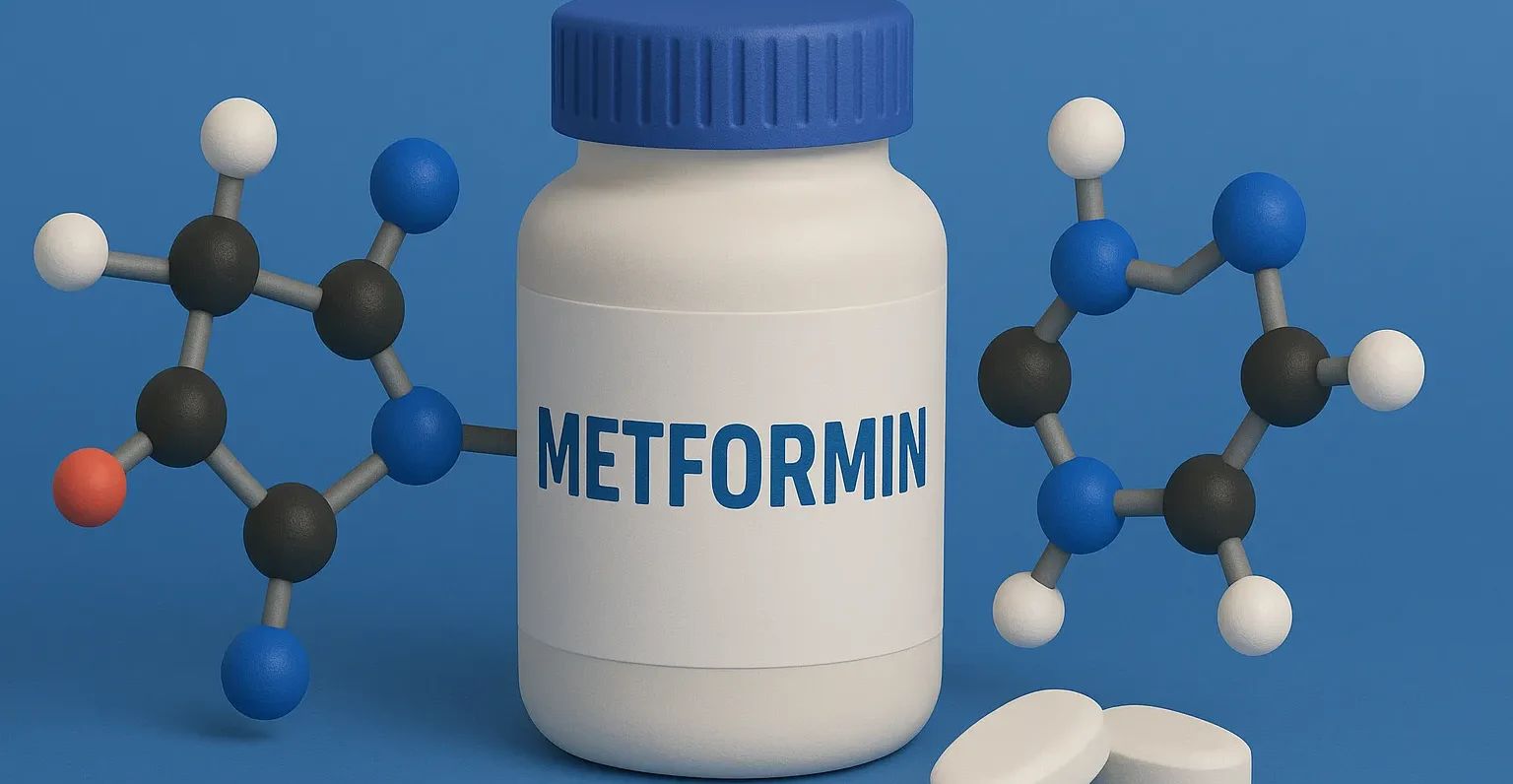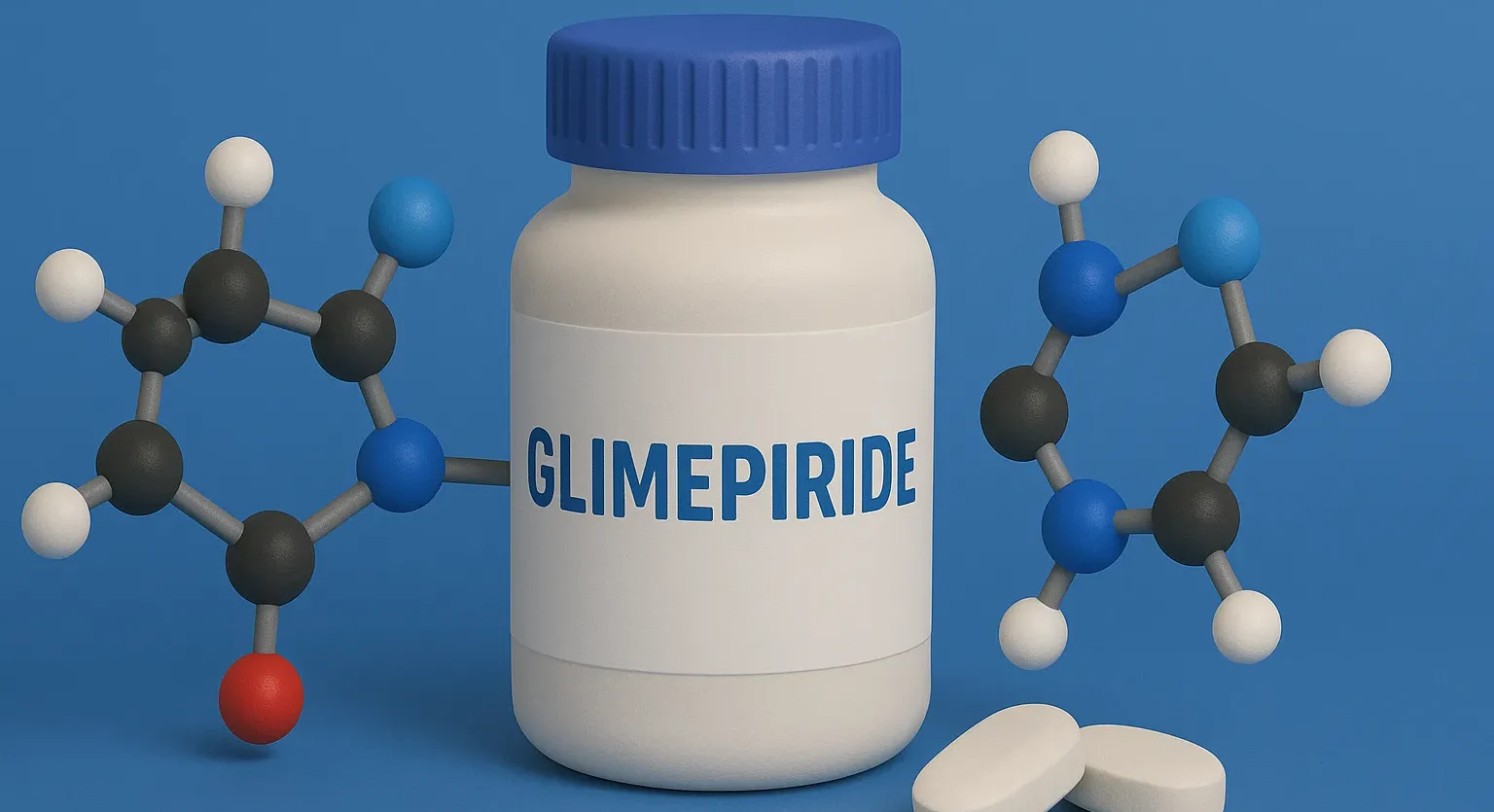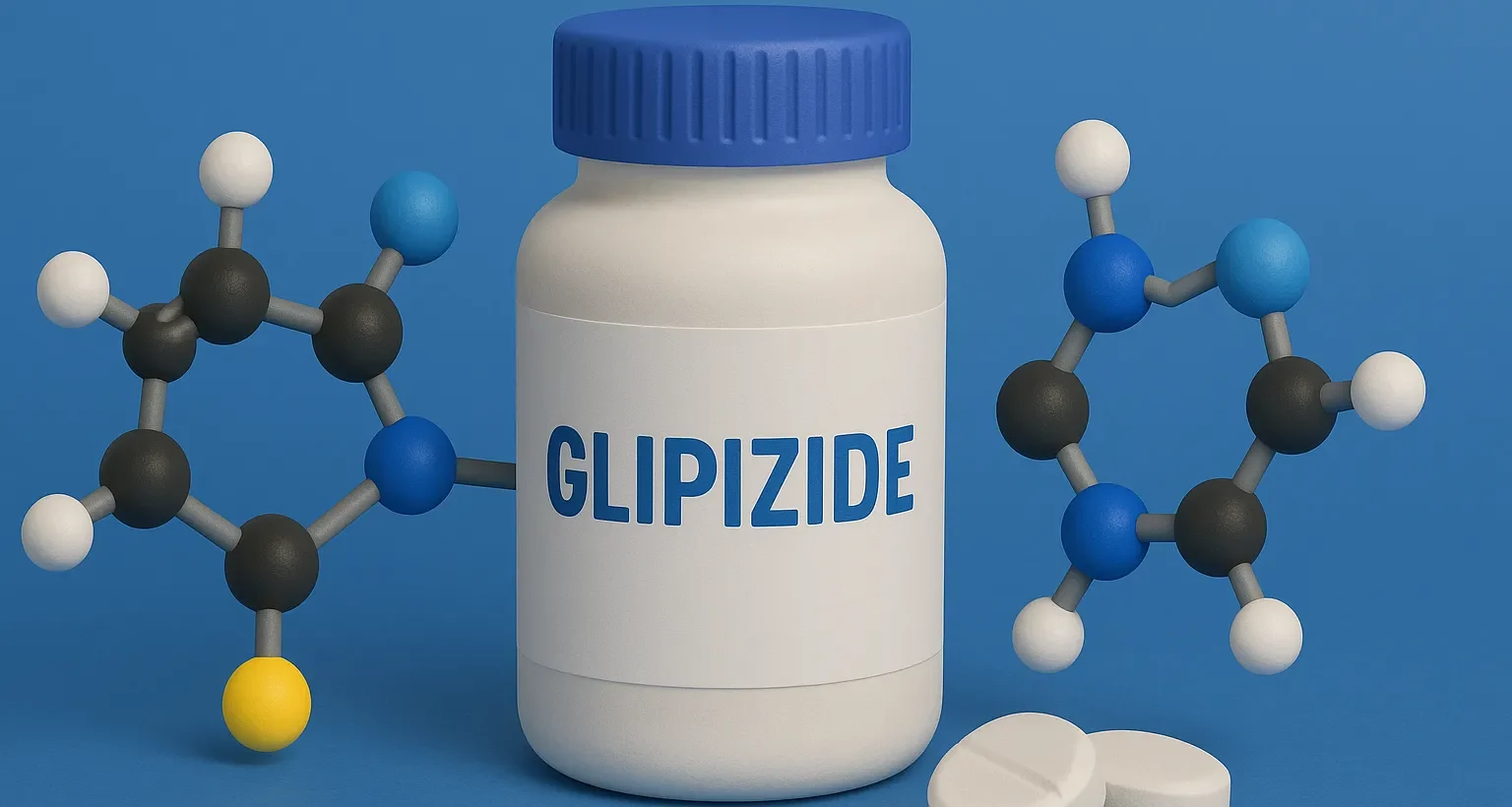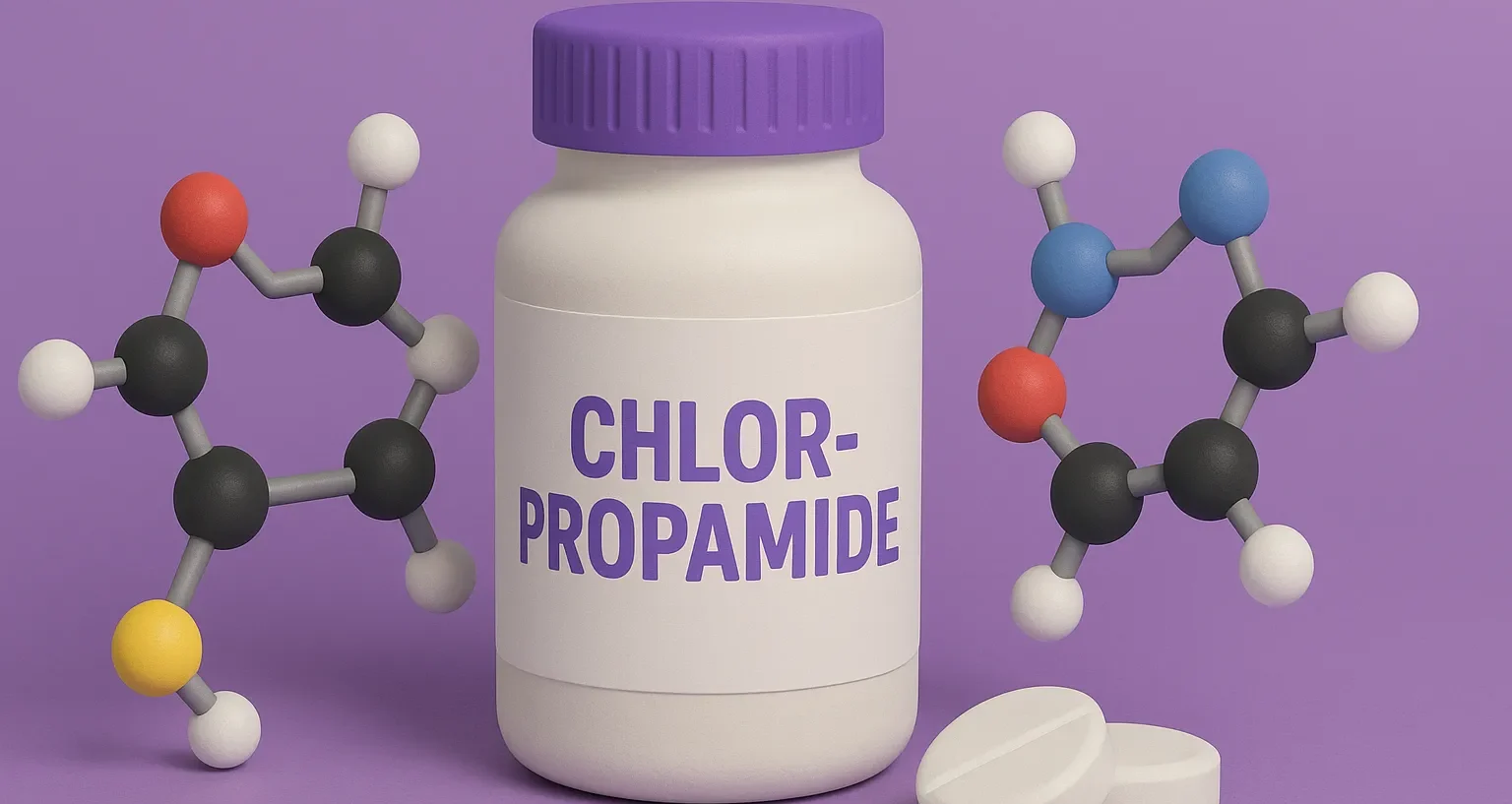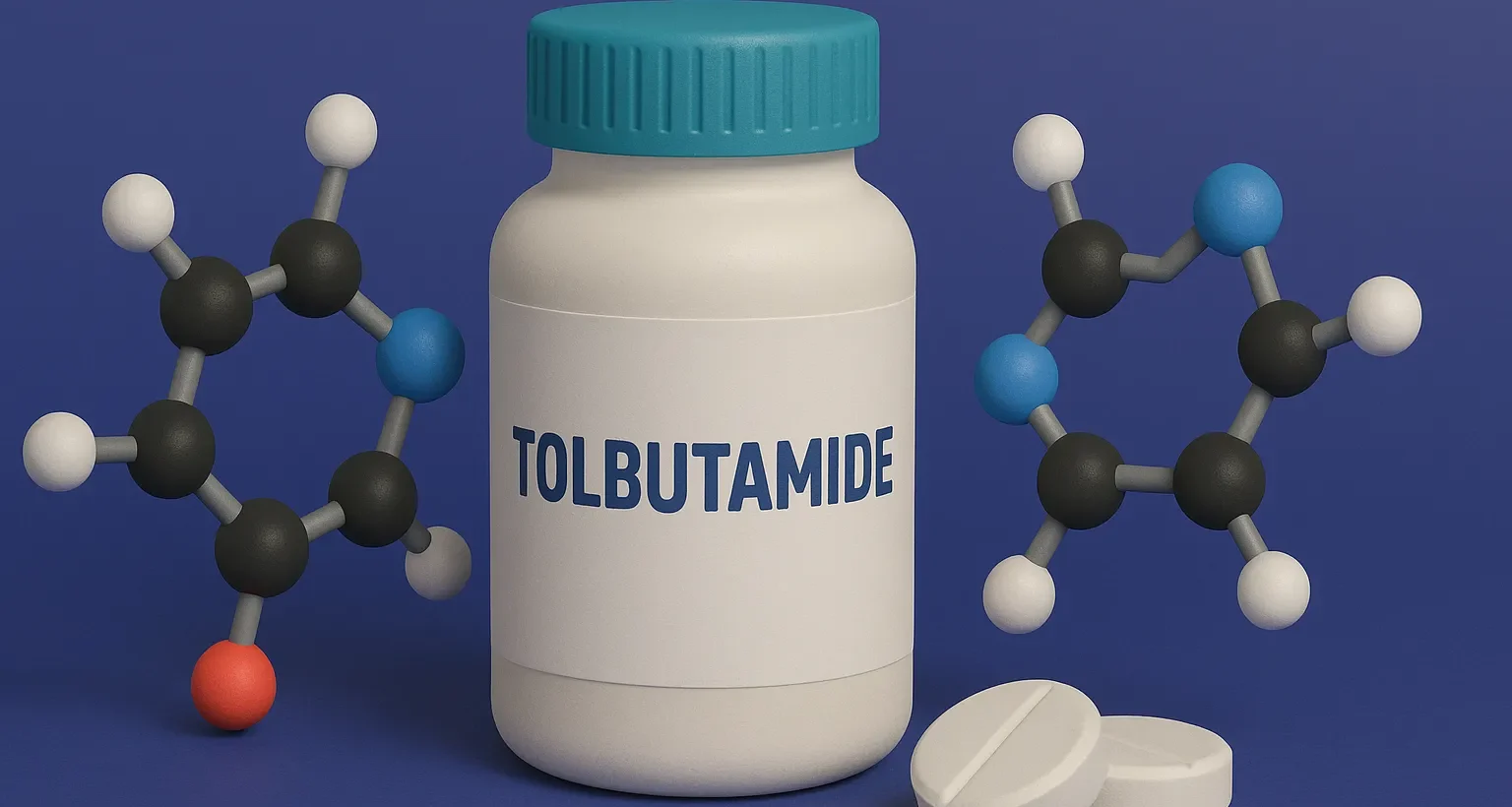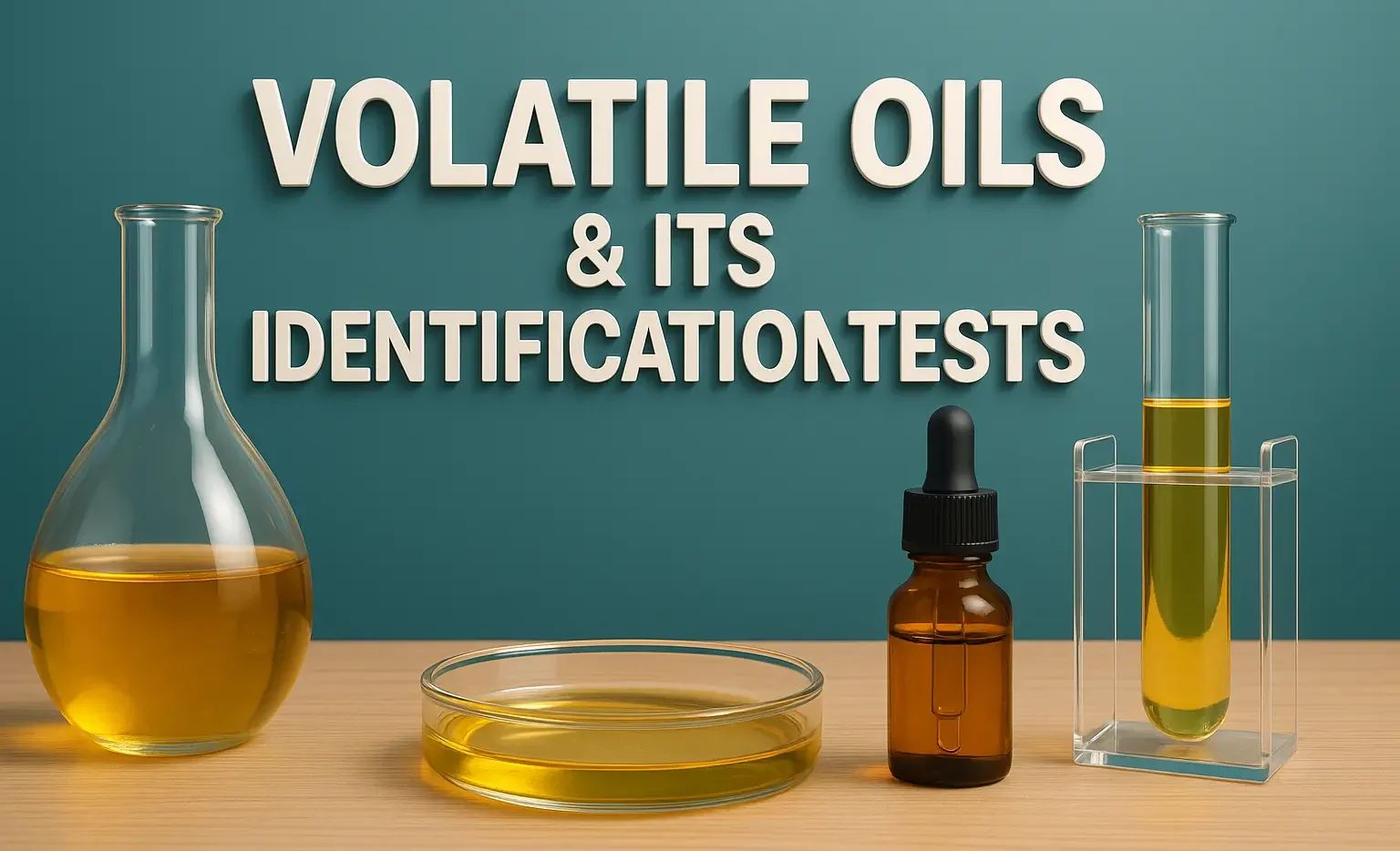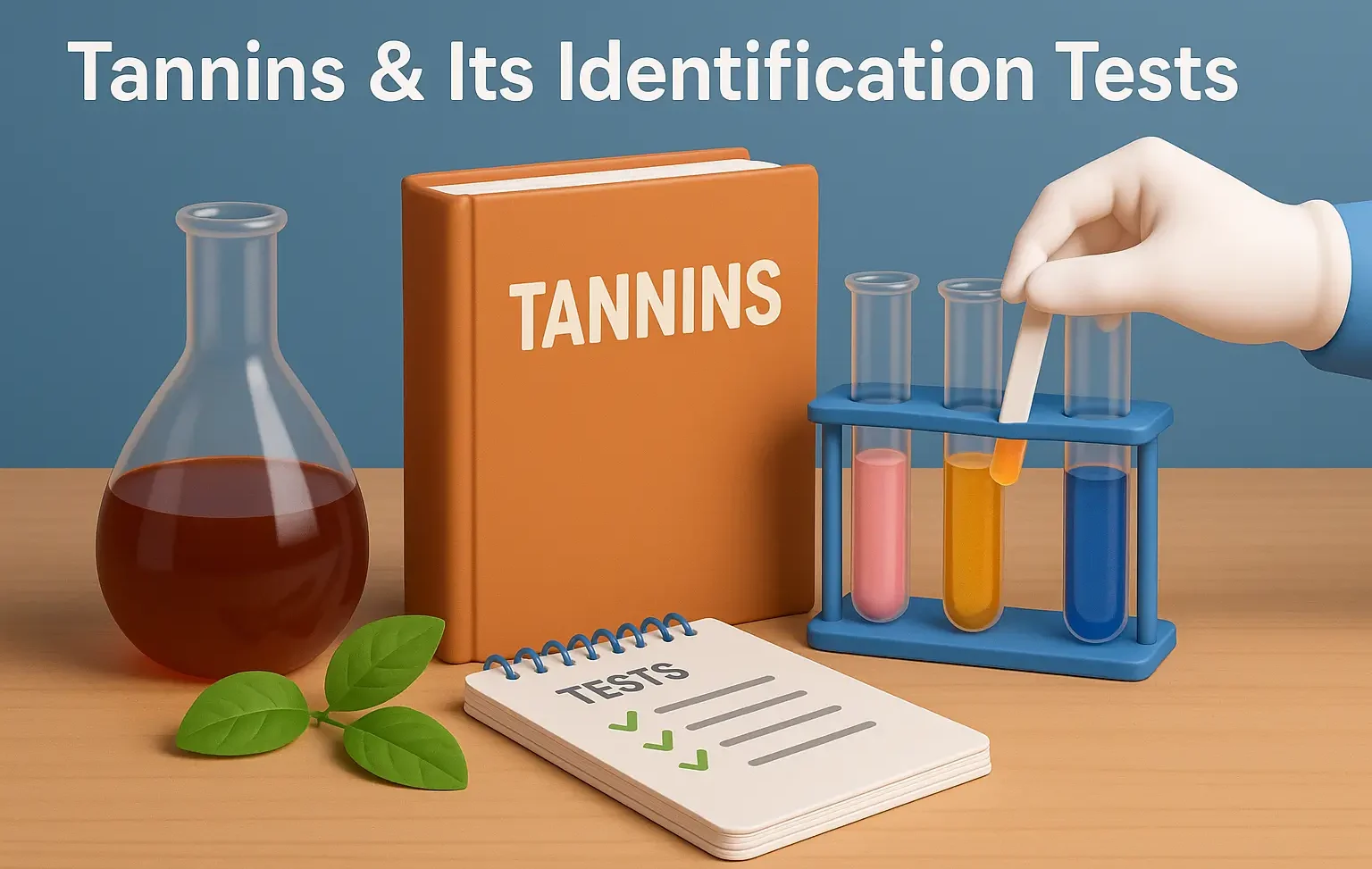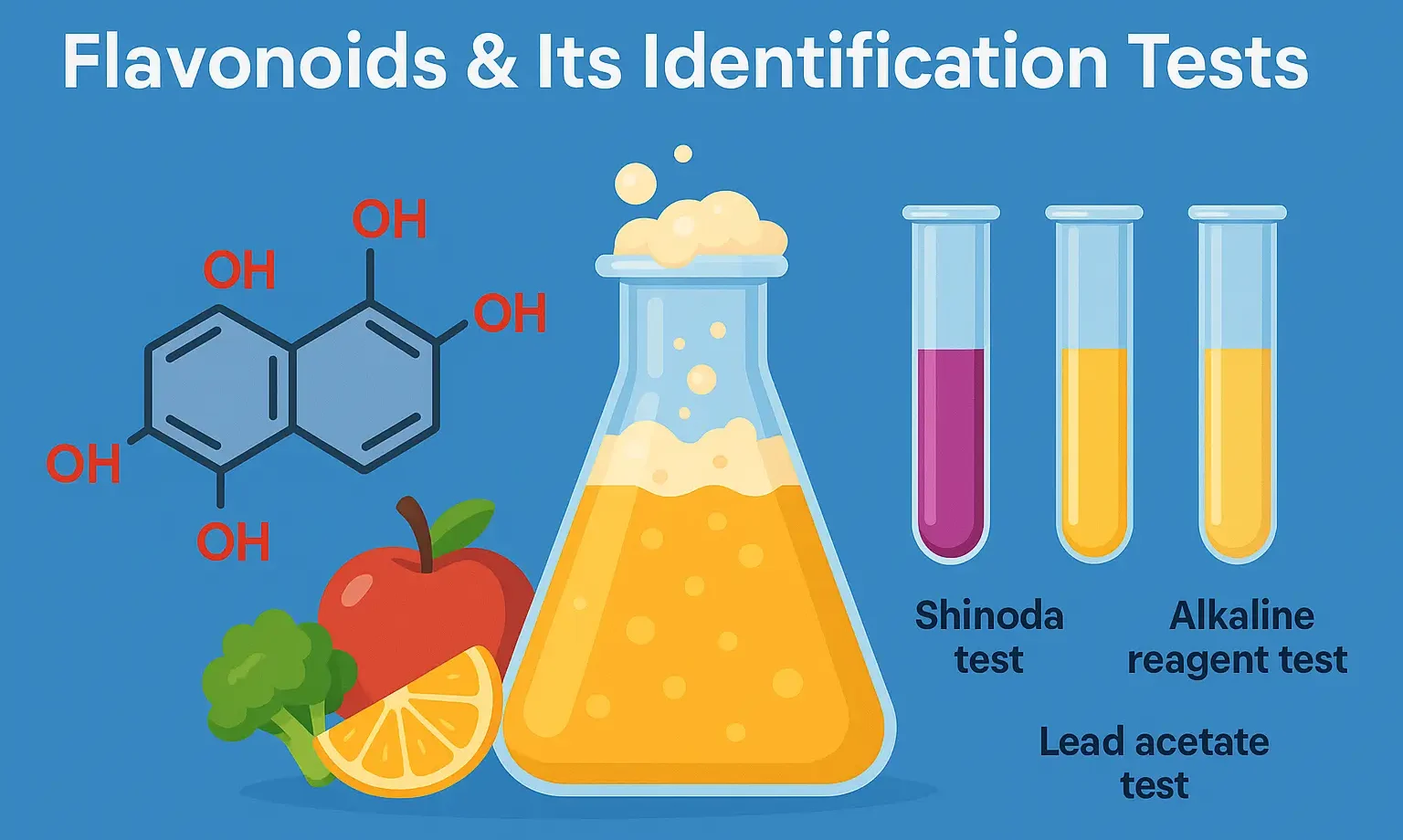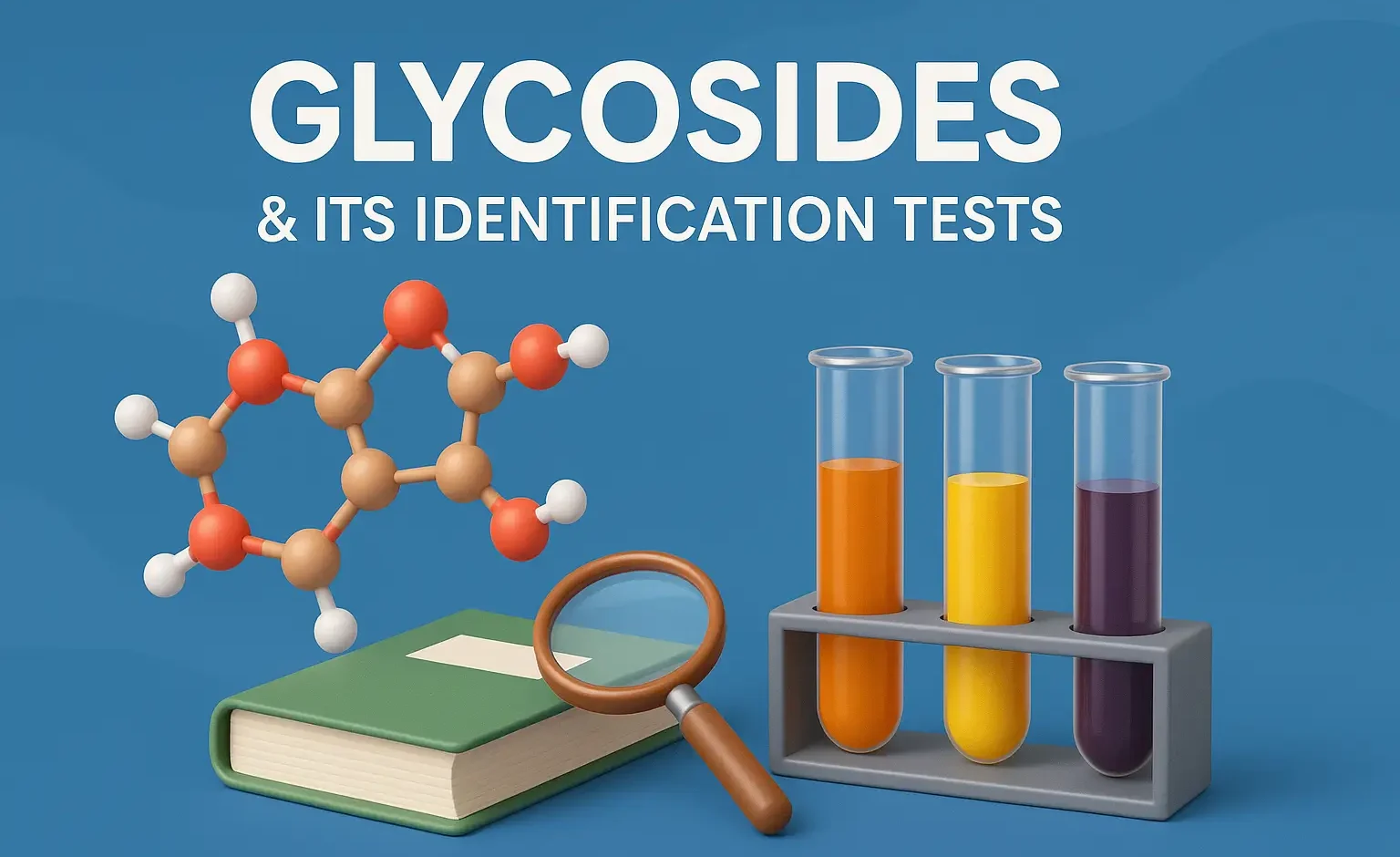Pioglitazone
Pioglitazone is a thiazolidinedione antidiabetic drug that improves insulin sensitivity and controls blood sugar in type 2 diabetes. Structure of Pioglitazone Pioglitazone is a TZD with a thiazolidinedione ring substituted with a pyridine moiety, enhancing its binding affinity to PPAR-γ. Chemical Formula: C₁₄H₁₈N₂O₂S Mode of Action PPAR-γ Agonism: Enhances insulin sensitivity by modulating gene expression … Read more


